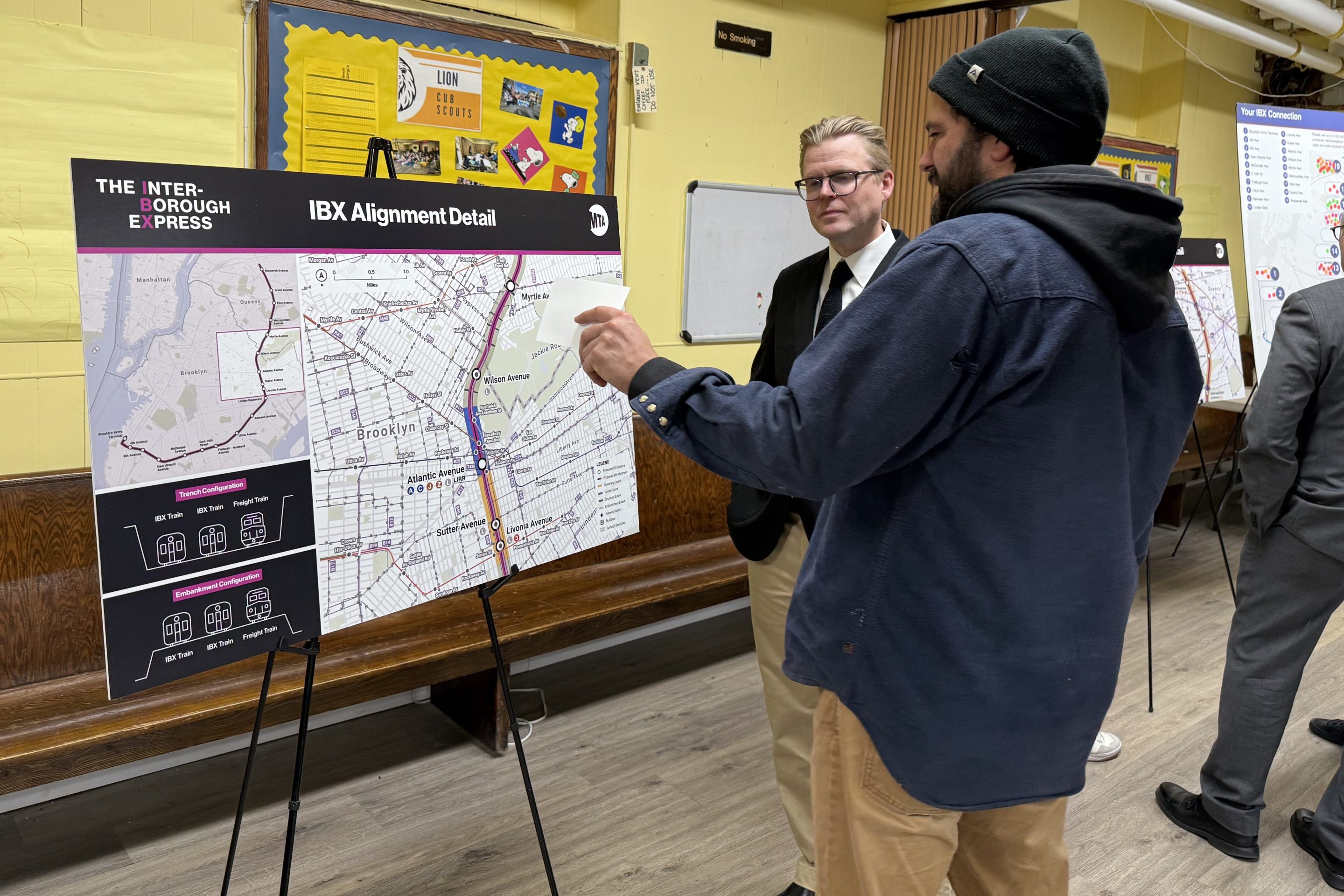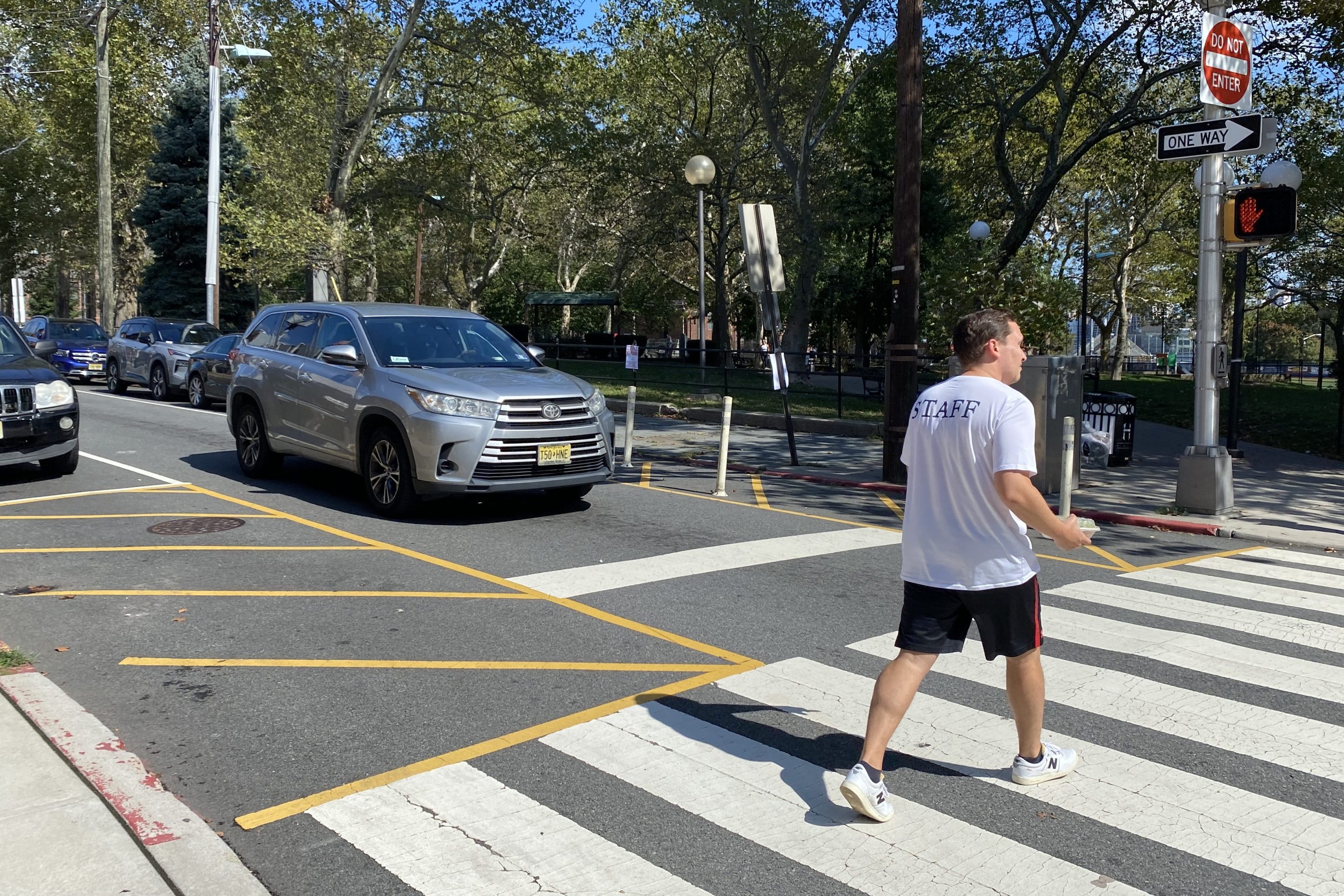There is a nice surprise for City Council, neighborhood groups and transportation reformers in the congestion pricing plan approved by the Traffic Mitigation Commission yesterday. On page 8 of the plan, in a section called "Securing of parking revenues," the commission proposes dedicating all revenue raised within the congestion pricing zone from additional parking meter fees, a taxi surcharge and parking garage taxes to a new, New York City DOT fund for street and transit improvements.
While congestion pricing revenue will go to the MTA "lock box," this much smaller fund would be used by DOT for bike, pedestrian, traffic calming, parking and BRT improvements that would be approved each year by City Council. This DOT fund is potentially a big deal. It's a major change, and would be the first time the city created a dedicated funding stream for bicycle, pedestrian, and parking improvements, and other transportation projects. Call it the "Livable Streets Lock Box:"
Securing of parking revenues: All funds from increased on-street parking rates and the elimination of the resident parking tax exemption within the zone should be dedicated by the City of New York to additional transit, pedestrian, bicycle, and parking management improvements, including, but not limited to, expanded ferry service, bus signalization, BRT investments, bicycle facilities, and pedestrian enhancements. NYCDOT should submit an annual plan to the City Council for approval on the use of these funds and shall report on the actual expenditures of such a plan.
New York City currently funds almost all of its bicycle, pedestrian and non-automobile transportation work with federal funds. Until now, it has been a fundamental principal of the mayor's powerful Office of Management and Budget (OMB) that the city will not dedicate funding raised from transportation sources to transportation projects. Previously, the city has rejected the idea proposed by Transportation Alternatives and neighborhood groups like CHEKPEDS to "return" parking meter revenue to Parking Improvement or Business Improvement Districts for local streetscape improvements. In Los Angeles and San Diego, such "revenue return" has been a huge incentive for adopting smart curbside parking policies using vacancy targets and variable pricing.
The new DOT fund should appeal to council members because it is a new funding stream for highly visible pedestrian and bicycle improvements to their districts. That's a lot of ribbon cuttings for projects people love, like Safe Streets for Seniors and Safe Routes for Schools.
Much can happen as the council drafts authorizing legislation for the congestion pricing plan. Skeptics will point out that this funding may simply substitute --- not add to --- existing city transportation funding. But since the city spends very little on cyclists and pedestrians, any new funding stream, especially one tied closely to council districts and neighborhood projects, has to be seen as a major gain for the livable streets movement.





